Pediatric Radiology
We use advanced pediatric imaging techniques to diagnose and treat conditions in newborns, infants, children and adolescents.
Medically reviewed on June 09, 2023.
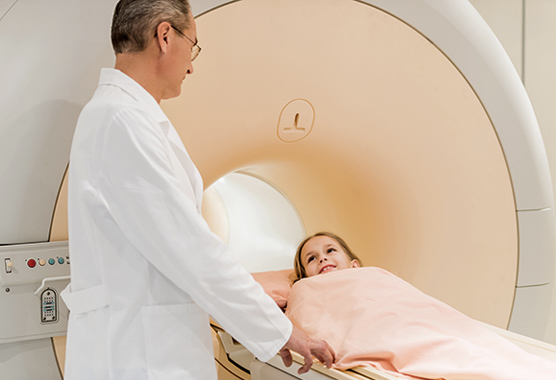
Leaders in Pediatric Imaging for Diagnosis and Treatment
Children need care designed specifically for them. Our experienced, compassionate physicians at UC Davis Pediatric Radiology select the right type of imaging to best diagnose your child’s condition, illness or injury.
We use as low as reasonably achievable (ALARA) principles to keep the amount of radiation low, providing the highest level of care possible. Our friendly, comfortable environment and child-life specialists help your child stay at ease during procedures.
If your child needs treatment for their condition, we offer minimally invasive techniques guided by CT scan, ultrasound or X-rays. We can target the specific area that needs treatment using small incisions. Minimally invasive treatments lead to a shorter recovery time for your child.
Types of Pediatric Imaging
At UC Davis Health, we use the safest and most advanced imaging techniques to diagnose your child’s condition. We also use pediatric imaging to help guide treatments, which lets us better view the area of concern.
CT Scan
A CT scan makes detailed pictures of the inside of your child’s body using X-rays. We use CT scans to check for potential causes of illness, injury or pain in your child. We may also use CT scans to guide treatments, such as biopsies, radiation therapy or surgeries.
Fluoroscopy
Fluoroscopy uses X-rays to create moving pictures of the inside of your child’s body. We give your child a harmless contrast dye (by mouth, rectum, urethra or injection) to see how it moves through their body. We may use fluoroscopy to look at your child’s breathing, swallowing, gastrointestinal tract (stomach, esophagus or intestines) or urinary tract. We sometimes use fluoroscopy to guide treatments, including placing thin, flexible tubes (catheters) or feeding tubes inside your child’s body.
MRI
An MRI uses magnets and radio waves to make images of the inside of your child’s body. An MRI doesn’t use radiation. We may suggest an MRI to evaluate issues due to congenital abnormalities, illness or injury. We often use this procedure to image your child’s brain and spinal cord, heart, abdominal and pelvic region, and intestines. It can also be used to image bones, joints and muscles. We may recommend sedation so your child stays still during an MRI.
Radiography (X-Ray)
An X-ray uses small amounts of radiation to create pictures of your child’s soft tissues and bones. We may use radiography to determine what causes your child’s pain, look at injuries, or see foreign objects that your child swallowed or inhaled. We most commonly use radiography to look at your child’s chest, bones or abdomen.
Ultrasound
An ultrasound uses high-frequency sound waves to show pictures of your child’s body parts. An ultrasound doesn’t use radiation. We most often use ultrasound to look at your child’s abdomen, head, hips, pelvis, spine or thyroid.
Request an Appointment
As Sacramento's No. 1 hospital, you'll benefit from unique advantages in primary care and specialty care. This includes prevention, diagnosis and treatment options from experts in 150 specialties.
Referring Physicians
To refer a patient, submit an electronic referral form or call.
800-4-UCDAVIS
Patients
Call to make an appointment.
Consumer Resource Center
800-2-UCDAVIS
Before your child’s imaging procedure, we will let you know what to expect and how to prepare. It’s important to follow the physician’s instructions before, during and after your child’s procedure to ensure a safe and successful outcome.
-

Before Pediatric Radiology
Your child’s physician will tell you if your child needs to stop eating and drinking before the procedure, especially if they will have sedation or anesthesia. We will also tell you whether they should pause any medications beforehand. Depending on the test or treatment, your child may need to remove metal objects, such as retainers, glasses or jewelry. They should dress in comfortable clothing the day of the procedure.
-
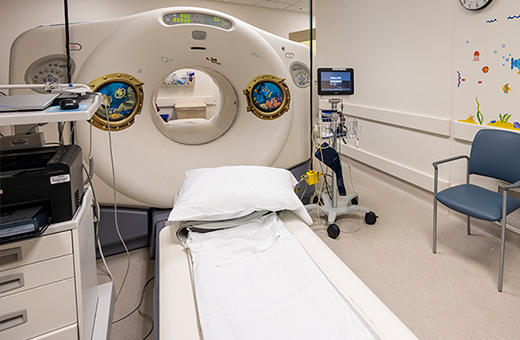
During Pediatric Radiology
Based on the type of imaging procedure, we discuss ahead of time what you and your child can expect. A pediatric radiologic technologist will help position your child correctly on the exam table. They will reposition your child for additional images, if needed. During the imaging, our compassionate physicians and technologists will ensure that your child stays as calm and comfortable as possible. Our child life specialists assist with longer and more complex studies.
-

After Pediatric Radiology
After the pediatric radiology procedure, your child can usually go back to their usual activities. If they had sedation or anesthesia, they will rest in the hospital until they feel better. They may need to limit activities that day and drink extra fluids. You will receive procedure results from your physician. Sometimes your child may need a follow-up imaging exam to monitor their condition or to help guide treatment.

Ranked among the nation’s best hospitals
A U.S. News & World Report best hospital in cardiology, heart & vascular surgery, diabetes & endocrinology, ENT, geriatrics, neurology & neurosurgery, and pulmonology & lung surgery.

Ranked among the nation’s best children’s hospitals
U.S. News & World Report ranked UC Davis Children’s Hospital among the best in neonatology, nephrology, orthopedics*, pediatric & adolescent behavioral health, and pulmonology & lung surgery. (*Together with Shriners Children’s Northern California)
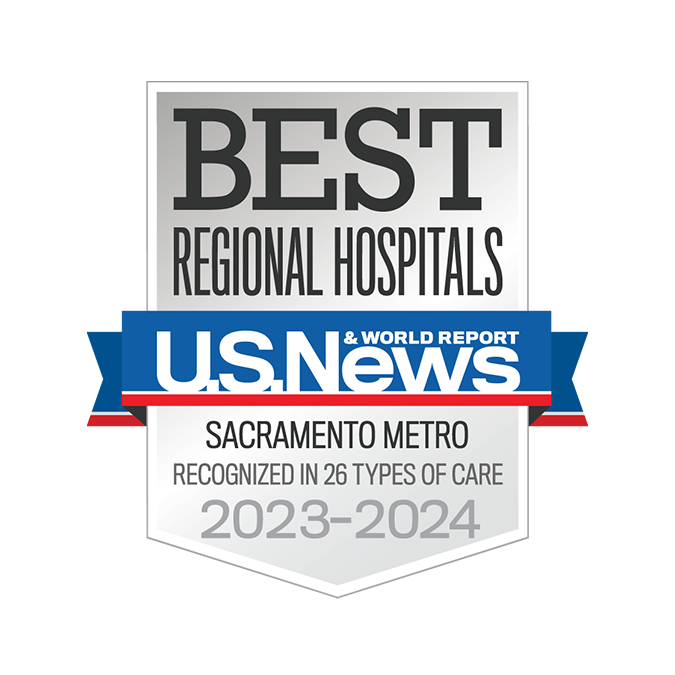
Ranked Sacramento’s #1 hospital
Ranked Sacramento’s #1 hospital by U.S. News, and high-performing in aortic valve surgery, back surgery (spinal fusion), COPD, colon cancer surgery, diabetes, gynecological cancer surgery, heart arrhythmia, heart failure, kidney failure, leukemia, lymphoma & myeloma, lung cancer surgery, pacemaker implantation, pneumonia, prostate cancer surgery, stroke, TAVR, cancer, orthopedics, gastroenterology & GI surgery, and urology.
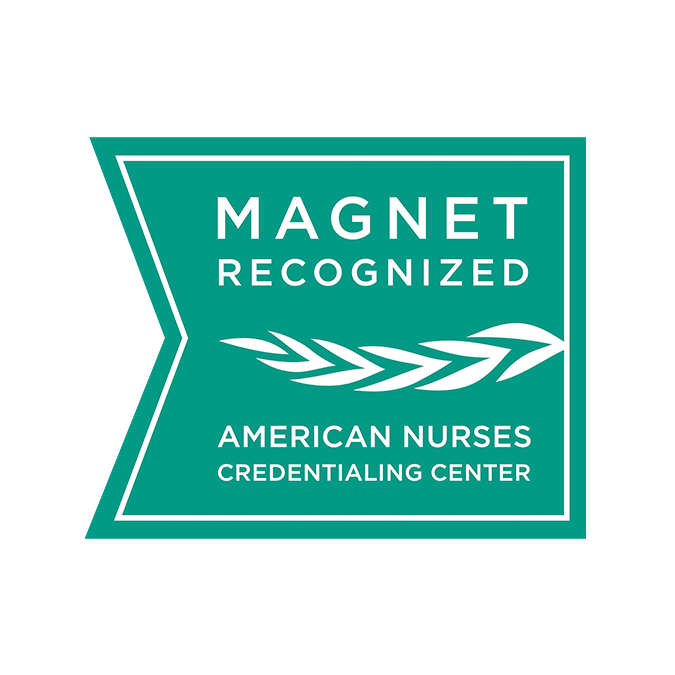
The nation’s highest nursing honor
UC Davis Medical Center has received Magnet® recognition, the nation’s highest honor for nursing excellence.
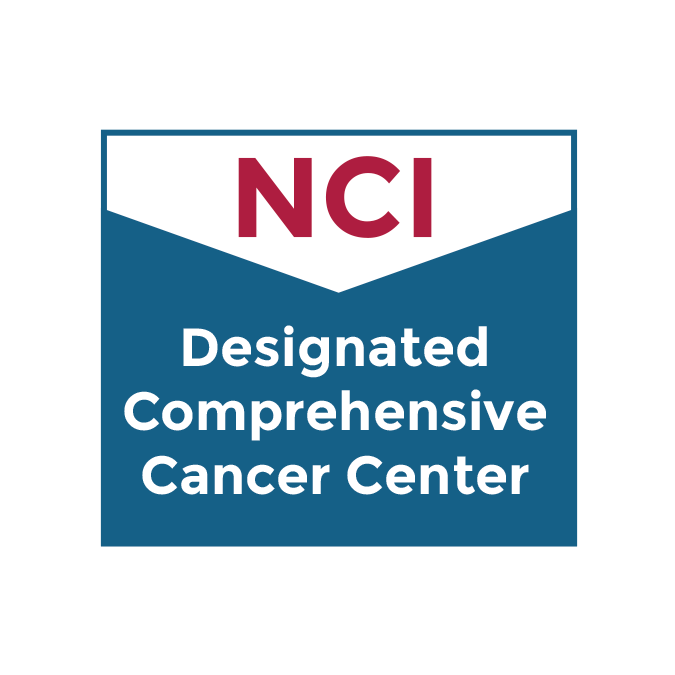
World-class cancer care
One of ~59 U.S. cancer centers designated “comprehensive” by the National Cancer Institute.

A leader in health care equality
For the 13th consecutive year, UC Davis Medical Center has been recognized as an LGBTQ+ Healthcare Equality Leader by the educational arm of America’s largest civil rights organization.

